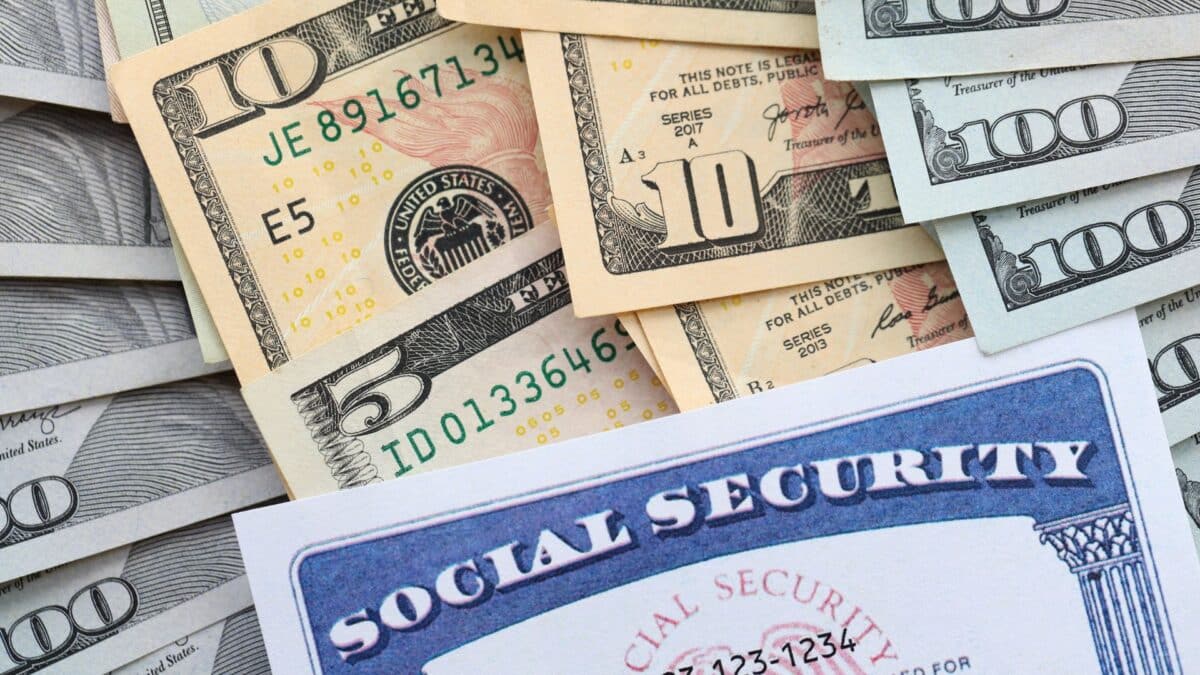Starting in July 2025, a limited group of American retirees will receive the maximum monthly Social Security retirement payment of $5,108, according to the Social Security Administration (SSA). This payment represents the highest benefit currently available through the program, but eligibility is restricted to individuals who meet strict criteria based on earnings history and retirement age.
The news comes amid ongoing discussions about the sustainability of Social Security and how Americans can plan effectively for retirement. While many recipients will receive lower monthly payments, the top-tier amount highlights the long-term financial benefits of delayed retirement and high lifetime earnings.
Strict Eligibility Rules for Maximum Payment
To qualify for the $5,108 benefit, retirees must satisfy four specific conditions established by the SSA. First, the individual must have delayed their retirement claim until age 70. Second, they need to have worked for at least 35 years, contributing to the system throughout that period. Third, all employment during those years must have been in SSA-covered positions—jobs subject to Social Security taxation.
The fourth requirement is the most difficult to achieve: the retiree must have earned the taxable maximum income—the highest income subject to Social Security taxes—for each of those 35 years. In 2025, that taxable maximum is set at $176,100. Only a small number of workers meet this threshold consistently, making the $5,108 monthly benefit accessible to a very narrow group of retirees.
July Payment Schedule and Qualifying Groups
Social Security payments are scheduled across four dates in July 2025: July 3, 9, 16, and 23. The distribution date depends on the retiree’s birthdate and the date they began receiving benefits. Those who started collecting retirement benefits before May 1997, or who currently receive both retirement and Supplemental Security Income (SSI), will receive their payment on July 3.
Retirees who began receiving benefits after April 30, 1997, and do not receive SSI, are grouped according to their birthdays. Those born between the 1st and 10th receive payments on July 9; individuals with birthdays from the 11th to 20th are scheduled for July 16; and those born from the 21st to 31st will be paid on July 23. Only those not receiving SSI are eligible for these latter three payment dates.
Taxable Maximum and Benefit Calculation
The taxable maximum—also referred to as the contribution and benefit base—is central to determining whether a retiree qualifies for the top benefit. Workers pay Social Security taxes only on income up to this limit. For 2025, that ceiling is $176,100. This threshold typically adjusts each year in response to national wage trends.
When a worker earns above this limit, they do not contribute additional Social Security taxes for the surplus income. Consequently, the calculation of their monthly benefit is capped. Earning the taxable maximum for 35 years ensures that the worker has contributed at the highest allowable level throughout their career, which is a prerequisite for the $5,108 benefit.
Early Retirement and Benefit Reductions
While Americans can begin collecting Social Security as early as age 62, doing so leads to reduced monthly benefits. In contrast, waiting until full retirement age—which varies by birth year but is generally 66 or 67—and then delaying until age 70 results in increased monthly payments due to delayed retirement credits.
According to SSA data, most beneficiaries do not wait until 70, which significantly reduces the proportion of retirees eligible for the maximum benefit. The agency emphasizes that while early retirement may offer quicker access to funds, it often leads to lower lifetime payouts. The $5,108 payment is a reminder of the financial advantages tied to delaying retirement for as long as possible.
Future Changes in Benefit Delivery
The SSA is set to phase out paper checks in favor of electronic payments beginning September 30, 2025. All recipients, including those qualifying for the highest payments, will be required to use direct deposit or debit card options provided through authorized financial institutions.
This change aims to reduce processing delays, minimize fraud risks, and ensure faster delivery of benefits. The shift may particularly affect recipients in areas with limited access to digital banking services. The SSA has been notifying beneficiaries in advance to ensure a smooth transition ahead of the mandatory deadline.









